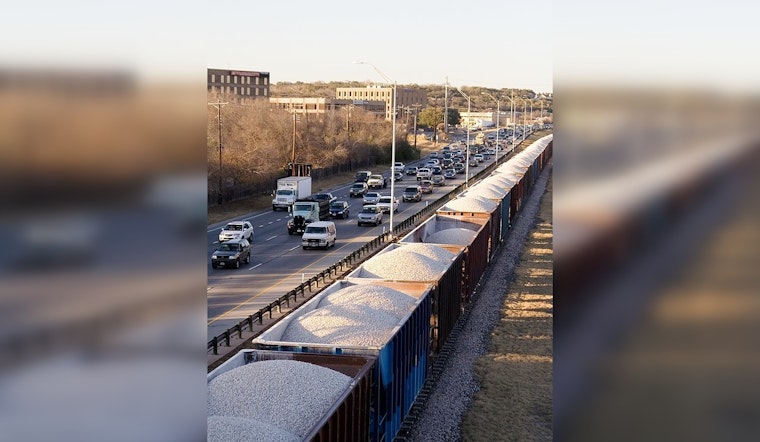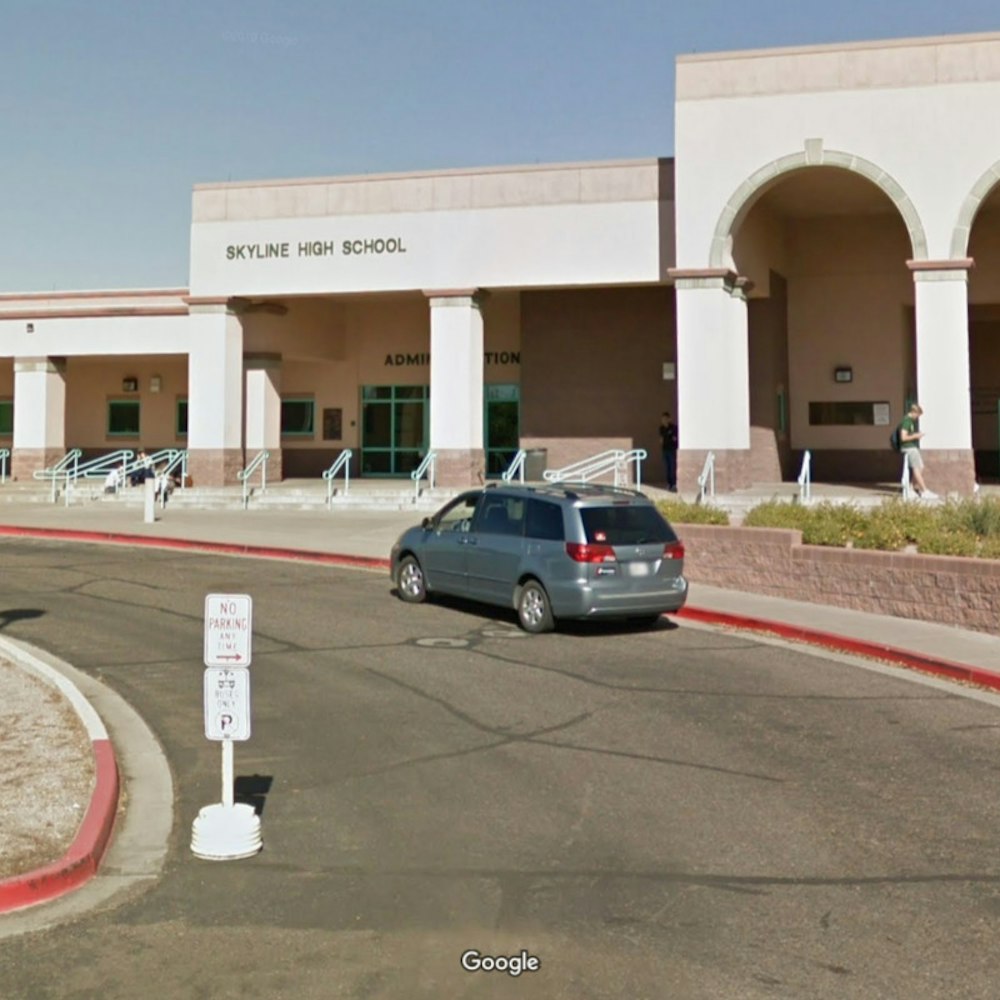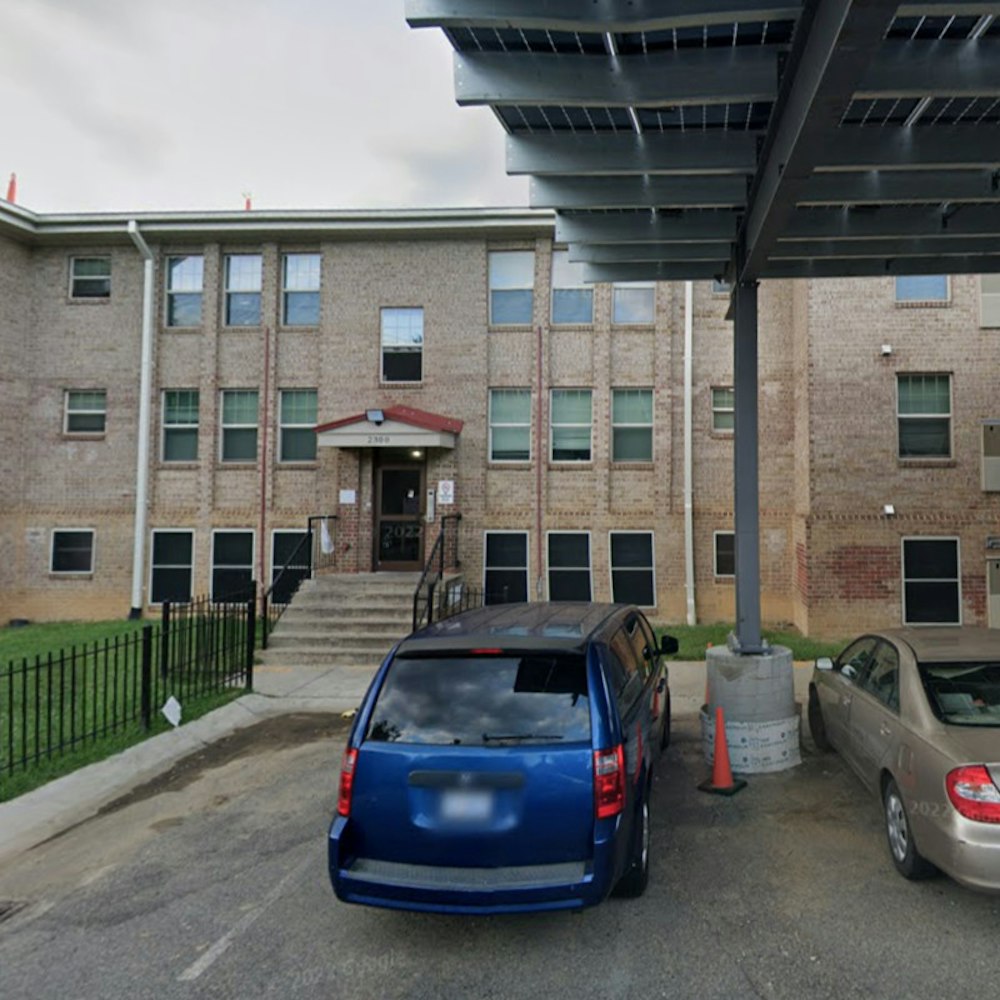
The scenic but sluggish stretch of MoPac Expressway South could find Austinites grinding their gears well into the future, as traffic predictions suggest delays could rev up as much as 42% by 2045, reports the Central Texas Regional Mobility Authority (CTRMA). For residents hoping to skirt the congestion, the forecast signals a need for change: the commute between Slaughter Lane and Cesar Chavez Street will likely become notably more time-consuming during peak hours. Sourced from a fresh KXAN study, drivers might endure worsening conditions unless substantial roadworks are introduced.
Skewing the predictions in a new study, released by CTRMA, showed that living and working patterns had evolved since the previous forecast was done, affecting traffic needs significantly. When put to numbers, morning commuters on northbound MoPac already expecting to add an extra cushion of 45 minutes to reach downtown, might find themselves breezing through in an average of just 20 minutes. As reported by KVUE, while MoPac may not be music to drivers' ears now, improvements to both Loop 360 and I-35 could play a symphony of relief in reducing projected travel times.
As both day and evening commuters face a crammed conveyance toward Downtown Austin, the spotlight has now turned on the operational configurations that might loosen this bottleneck. A handful of solutions are in line, and CTRMA's study indicates express lanes could save drivers a collective $9.3 million in reduced congestion time when compared to a "no build" situation. This report also highlights the potential for express lanes to inject 117,000 more vehicle miles on weekdays over the no-build option.
Plans on the table include a varied menu of lanes and connections: everything from a single alternative lane with or without a direct downtown hook-up to a dual-lane approach flanked by either direct downtown access or towering elevated ramps near Barton Skyway. One contender, according to KVUE, requires broader bridges and an additional right-of-way through Zilker Park, which met with public resistance during open house feedback sessions. The route of all this planning will eventually lead to a public hearing, further hashing out the destiny of MoPac's traffic flow.
CTRMA is currently steering technical working groups to fine-tune project proposals. Alongside this, the community awaits a draft environmental assessment and a yet-to-be-scheduled public hearing, offering a platform for public input before the concrete settles on MoPac's future lanes – a future which might either be brisk and efficient or congested and slow, mirroring today's frequent gridlocks.









